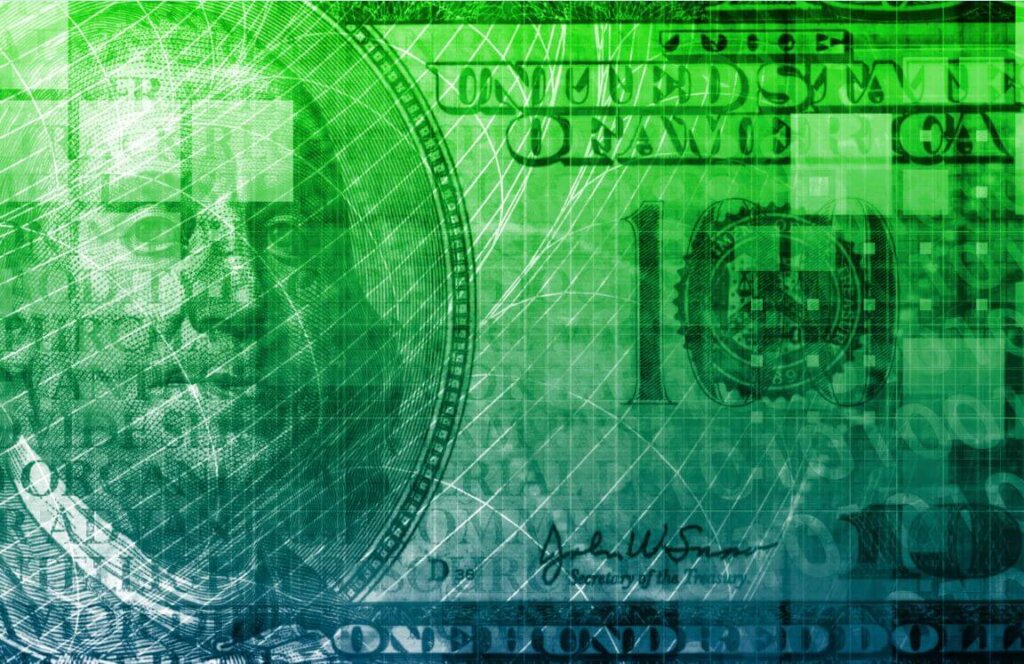Like most attorneys, I’ve spent sleepless nights worrying about what will happen if the phones go silent or clients stop coming through the office door.
Fortunately, DannLaw has been extremely busy lately. Unfortunately, the influx of clients hasn’t relieved my insomnia. Now I’m up agonizing about the future of our country.
That’s because the factors that are driving my intakes up threaten to drag the United States down – lax or nonexistent financial regulation, rollback of consumer protection laws, exploding student loan debt, and an uptick in home foreclosures are the seamy underbelly of an economy that appears to be booming.
But just as steadily rising home values masked the home mortgage bubble, strong economic indicators are cloaking the fundamental weaknesses that are fueling both growth in my practice and my growing fear that the United States is headed for trouble.
I’ve written repeatedly that the ongoing assault on the regulatory framework that restored sanity and stability to the financial markets after the near-collapse of the economy in 2007-2008 was extremely dangerous. I take no pleasure in saying my predictions have been accurate, even though they’re bolstering my bottom line.
In case someone thinks I’m stoking hysteria or spreading fake news, consider this:
Wells Fargo recently announced that a software “glitch” caused the company to erroneously deny loan modifications to 625 borrowers, 400 of whom lost their homes. The bank hid the error for eight years and offered ridiculously low compensation packages to the people whose lives were destroyed by the error. Given the bank’s sordid history, I don’t believe for a minute that only 625 borrowers were impacted by the error.
The response to an item we posted on Facebook about the incident validates my skepticism. Within hours our phones blew up, the post was liked and/or shared more than 700 times, and numerous people posted comments detailing the ways in which the company had abused them. We’ve signed up a number of clients and are preparing to file RESPA and other claims against the bank.
The response from state and federal regulators … crickets. Which is unsurprising given that the current administration and congressional majorities have made rolling back oversight a priority. The lack of action and reaction to the latest Wells scandal sends a clear message to the banking/credit industry: it’s once again open season on borrowers.
The lack of action and reaction to the latest Wells scandal sends a clear message to the banking/credit industry: it’s once again open season on borrowers.
Things are even worse in the student loan world. What had been a troubling growth in indebtedness has now become a full-blown crisis because both the Department of Education and the Consumer Financial Protection Bureau decided to throw borrowers to the wolves. The situation is so bad that Seth Frotman, the CFPB’s student loan ombudsman quit. In a letter to the CFPB’s acting director he said the agency was looking the other way as the nation’s largest banks were “ripping off students on campuses across the country by saddling them with legally dubious account fees.”
Combine the CFPB’s abdication of its duties with the ODE’s decision to bar states from regulating companies that collect federal student loans and it’s easy to understand why Emily White, the managing partner of DannLaw’s student loan department, has been inundated with calls. We’re helping those we can and offering advice on the limited options available to those who are buried beneath a portion of the $1.5 trillion in student loan debt that is hanging like an anchor around the nation’s economy.
That debt, stagnant wages, and loosened lending standards are driving an upswing in home foreclosures which recently rose 44 percent in the nation’s metropolitan areas for the first time in 36 months. Daren Blomquist, of Attom Data Solutions, attributed the increase to a gradual easing of lending standards that started in 2014.
“We are starting to see some early signs of risks in the current housing boom,” Blomquist said. “The pendulum is starting to swing back toward loose lending.”
I hate to tout my predictive abilities again, but I flagged the reemergence of sub-prime lending a few months ago when I described the lending “standards” used by an outfit named Greenbox Loans. They were offering up to $2 million in credit to borrowers with 500 FICO scores, homeowners one day clear of foreclosure, and people freshly emerged from bankruptcy. It’s as if the captain of the Titanic decided to turn around and run into the iceberg again because only one side of the ship was damaged.
How is all this happening? Because the people who are supposed to be watching and protecting consumers and the American economy have abandoned their posts.
That may be good for my business, but, as history shows, it’s very, very bad for our country. That’s something that should be keeping us all up at night. Marc Dann









